Women are all too familiar with how painful menstrual cramps or dysmenorrhea can be. Studies show about 84.1% of women suffer from menstrual pain. Many women admit that menstrual cramps negatively affect their work and activities when it’s their time of the month.
Fortunately, many natural remedies can help alleviate menstrual cramps. Among the top natural alternatives is using medicinal herbs. May they be taken as teas, supplements in tincture or capsule forms, or added to drinks and food, herbs can be beneficial against dysmenorrhea. Many herbs contain potent compounds that can help ease the pain of menstrual cramps and soothe you into relaxation.
This report will go through the 10 best herbs you can try when having menstrual pain. We’ll also discuss how they work and the best ways to take these beneficial herbs.
Factors That Affect Menstrual Cramps
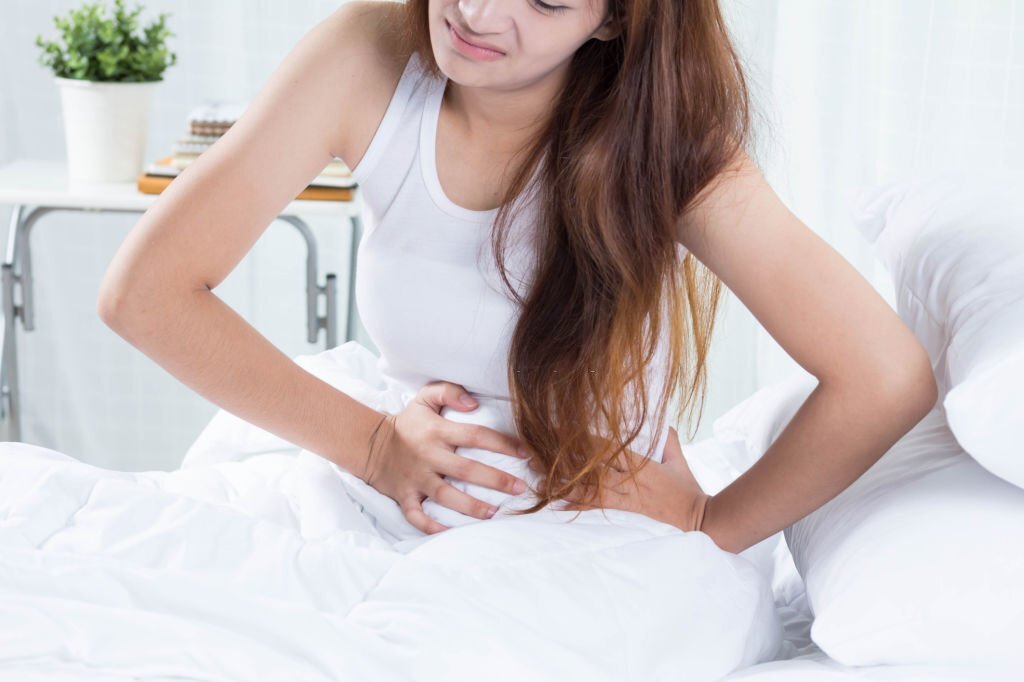
1. Hormonal Changes
Dysmenorrhea occurs when there are abnormal contractions of the uterus, usually caused by hormonal changes. An increase in prostaglandins due to elevated estrogen levels can cause menstrual cramps.
Prostaglandins are lipid compounds found in the lining of the uterus. It aids in regulating the female reproductive system’s ovulation cycle. During menstruation, estrogen, the female primary reproductive hormone, rises, causing increased prostaglandin production. This causes inflammation, which stimulates contraction of the uterine muscles and blood vessels, resulting in pain.
2. Diet
Many studies show that dysmenorrhea is related to nutrition. Prostaglandins cause inflammation that triggers muscle contractions, leading to menstrual cramps. Eating anti-inflammatory foods such as fruits, vegetables, whole grains, and others can help decrease the severity of menstrual pain. A low-fat, vegan diet can also help reduce the symptoms of dysmenorrhea.1
Meanwhile, eating foods rich in phytoestrogen or chemicals that work like estrogen could worsen your menstrual pains. When you’re nearing your menstruation, it’s best to avoid soybeans, flaxseeds, wheat bran, and many others.
3. Weight
Keeping a healthy weight also affects the severity of your menstrual pain. Studies show that overweight and underweight adolescent women are more prone to severe dysmenorrhea than those with a normal Body Mass Index (BMI).
This is because being overweight or obese increases prostaglandin production. Meanwhile, being underweight with too little body fat may lead to missed periods, resulting in heavier and more painful menstruation.
How Can Herbs Relieve Menstrual Cramps?
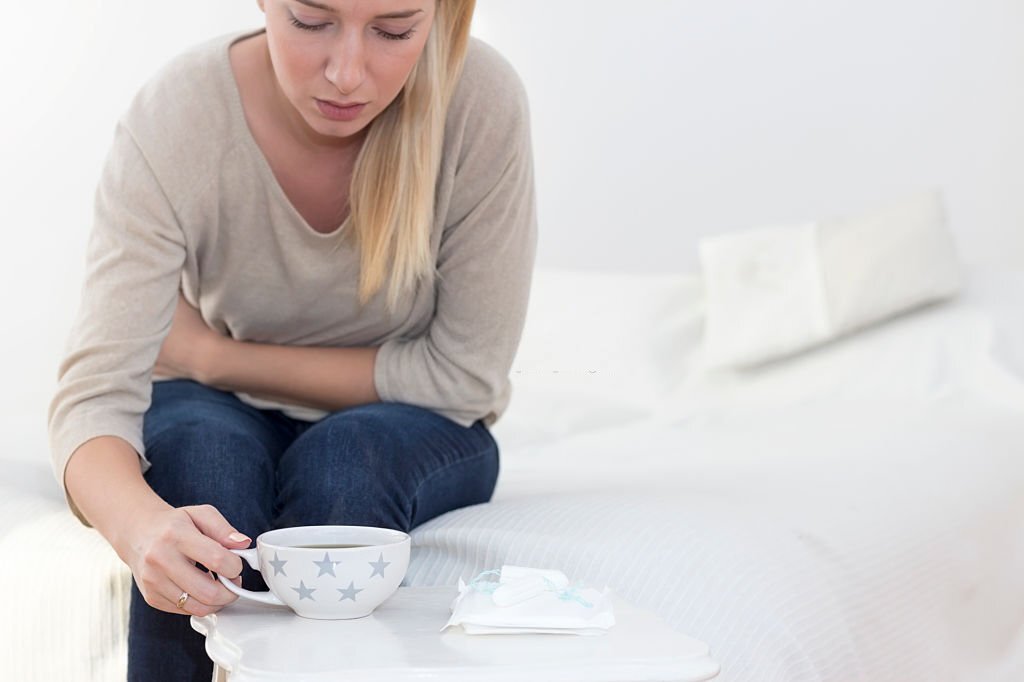

Many herbs work well in relieving menstrual cramps because of their active compounds that are considered uterine stimulants. They work by stimulating the muscles in the uterus and intestine to help regulate the painful contractions of dysmenorrhea. These herbs soothe and relax the uterine muscles, so you feel less pain.
Some herbs also work by inhibiting prostaglandin production and regulating estrogen levels. Many herbs are effective premenstrual aids, preparing the uterus for menstruation and improving blood flow. There’s still more to learn about how these potent herbs work for your menstrual health. You can read them in detail below.
The 10 Best Herbs To Relieve Menstrual Cramps
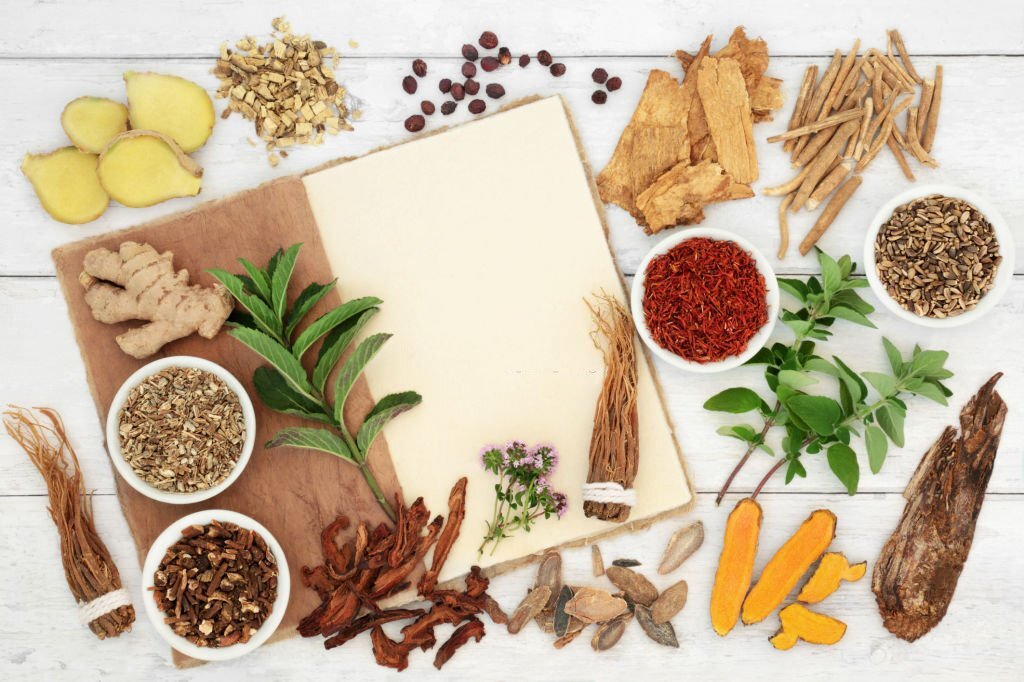

If you are looking for a natural treatment to relieve the pain cause by your periods, you should try some of these 10 best herbs for menstrual cramps:
- Ginger
- Yarrow
- Angelica root
- White Peony
- Bupleurum
- Motherwort
- Safflower
- Fennel
- Black cohosh
- Chamomile
1. Ginger


Studies show that ginger’s analgesic effect against dysmenorrhea is as effective as non-steroidal anti-inflammatory drugs (NSAIDs) in relieving pain and reducing inflammation. It’s because ginger is rich in phenolic and terpene compounds, which are potent antioxidants.
Ginger’s anti-inflammatory properties suppress prostaglandin synthesis, preventing your uterus from contracting and causing pain.2
Warm tea is the popular method of using ginger for dysmenorrhea. However, studies show that taking ginger powder in a capsule can also give quick relief during the first 3 days of menstruation.
2. Yarrow


Yarrow is a medicinal herb that can help regulate hormones, including estrogen, leading to better blood circulation and reducing menstrual bleeding. It’s even used to treat amenorrhea or irregular menstrual cycle.
It’s a uterine stimulant containing flavonoids and alkaloids that help relax the intestine and uterus smooth muscles. This helps improve digestion and ease menstrual cramps. It also has an analgesic effect that can address pain.3
Use yarrow at least 3 days before your menstruation to maximize its benefits. You can drink as many as 3 cups of yarrow tea per day. However, don’t drink yarrow if you suspect you’re pregnant. Since it is a uterine stimulant, it may cause a miscarriage.
3. Angelica root
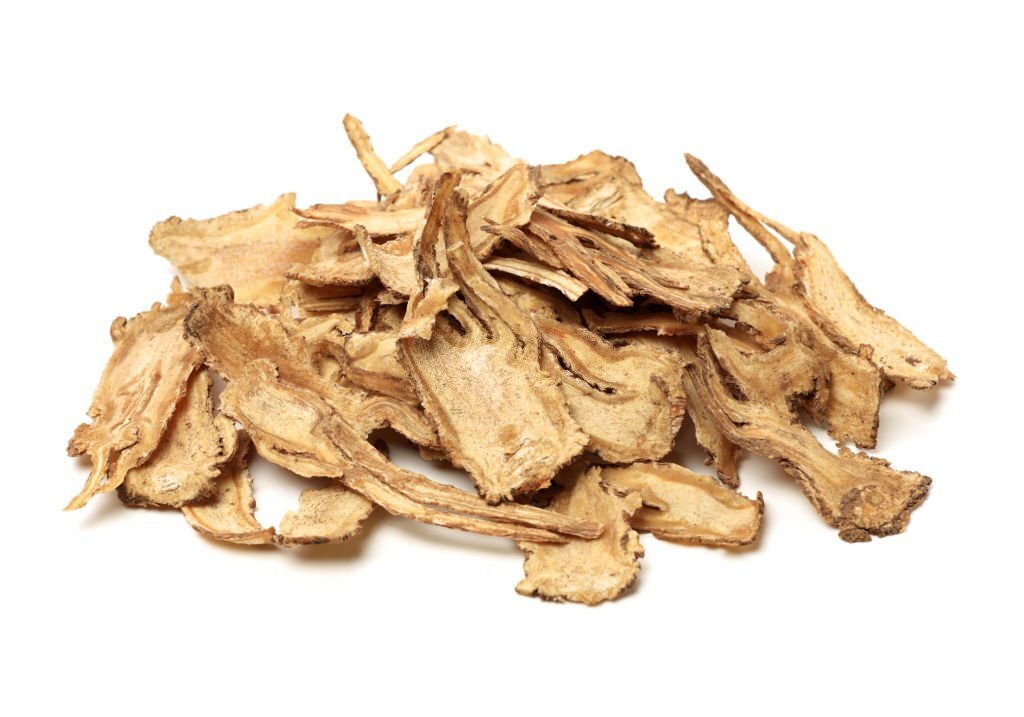

Angelica or dong quai is considered a “blood mover and nourisher” in traditional Chinese medicine. It means it’s a great herb that promotes proper blood flow before menstruation, preventing painful cramps. After your period, angelica root also helps replenish the lost blood. Angelica’s uterine stimulant and relaxant properties are attributed to its ferulic acid.4
Studies showing dong quai’s efficacy against dysmenorrhea suggest taking a dong quai aqueous extract tablet daily for 3 to 7 days before menstruation.
4. White Peony Root
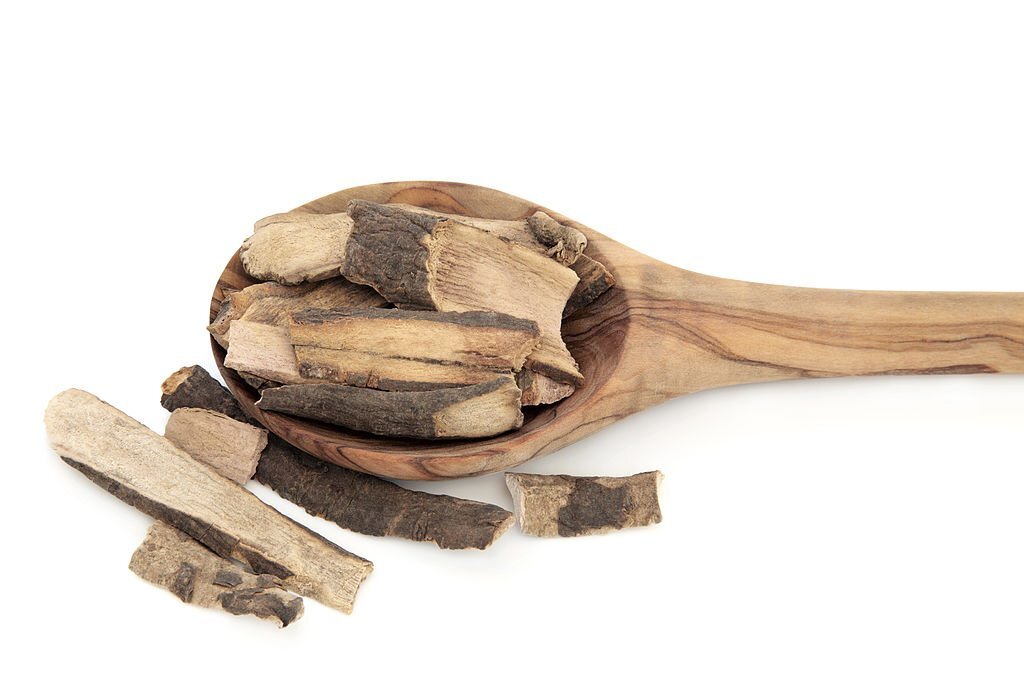

White peony is widely used as a calming tea because of its sedating and muscle-relaxing properties from the compound paeoniflorin. It regulates estrogen and prolactin levels, hormones that can affect your menstrual flow.5
While on your period, white peony can calm your mood swings and relax the muscles in the uterus, reducing painful cramps. This potent herb can even help you sleep better while menstruating, so you’ll feel relaxed and energized to get through your day.
White peony root can be used in herbal teas, soups, or tinctures. It’s best to use it with licorice in a warm, soothing tea.
5. Bupleurum
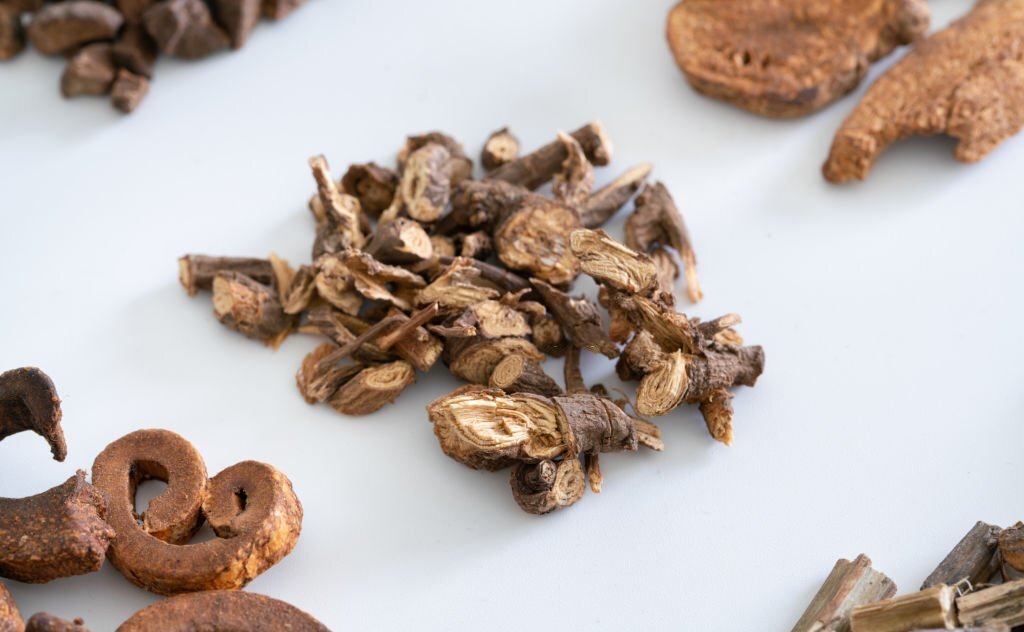

Bupleurum is popular for its reputation for deeply cleansing the liver. It contains saikosaponins that work directly on the liver, keeping it healthy and protected against infections. From a Chinese traditional medicine perspective, bupleurum is beneficial to menstrual health because the liver is responsible for estrogen metabolism.6
Bupleurum stimulates the liver and promotes circulation, which leads to the shedding of the uterine lining. As this lining sheds, the muscle in your uterus relaxes and prevents contractions. This reduces menstrual pain and improves menstrual flow.
Pre-made bupleurum tea is available but can be a bit pricey. It’s naturally caffeine-free, so you can take it at any time of the day. You can make your own tea by brewing dried bupleurum root. The easiest way to take bupleurum is in pill or liquid form, available at health stores.
6. Motherwort
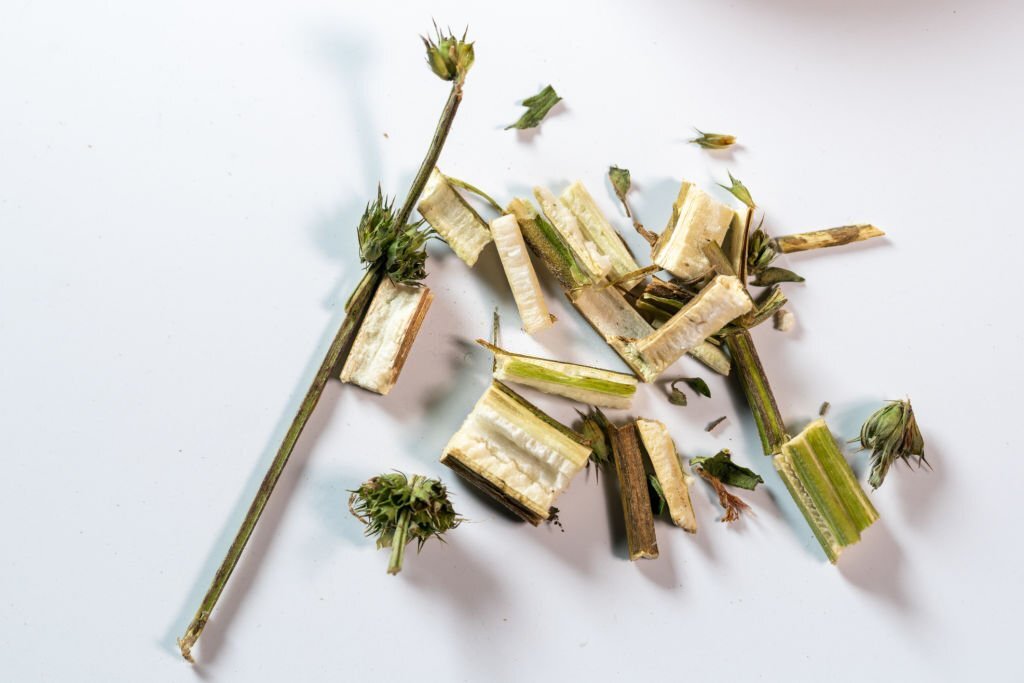

As the name suggests, motherwort is an herb beneficial to women. It provides an overall benefit to menstrual health due to its terpenoid and alkaloid components. It relaxes the uterine smooth muscles to ease the contractions that cause the pain. It also calms your anxiety, so you’ll feel less stressed during your menstruation.7
For quick relief, take a low-dose motherwort tincture as soon as you feel menstrual pain. Continue adding drops as needed.
7. Safflower
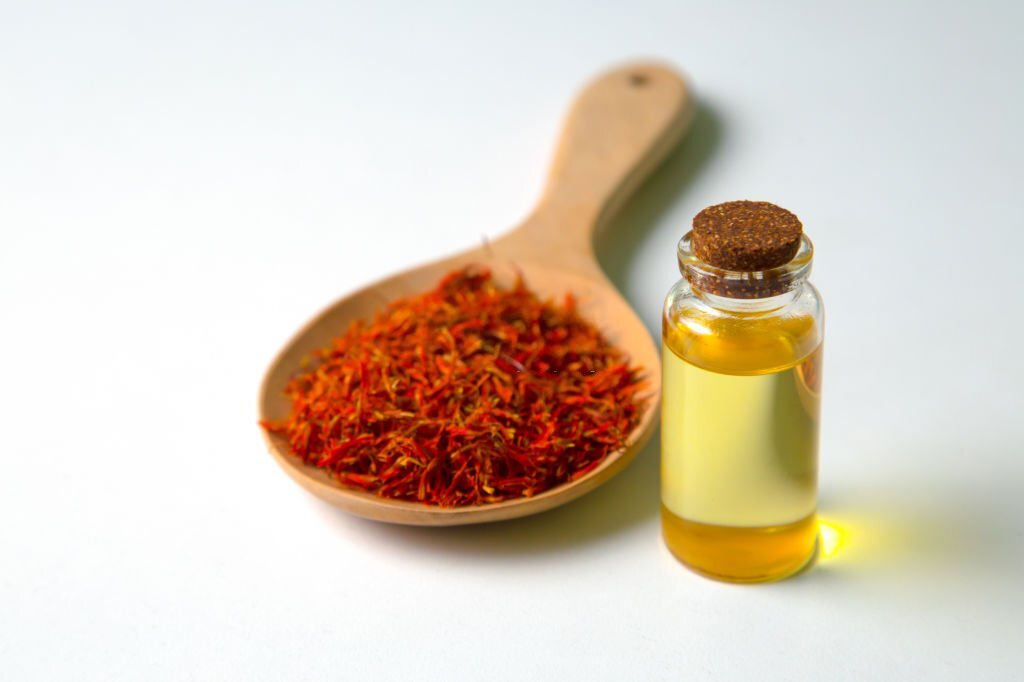

Safflower is used in Chinese medicine to increase blood circulation and clear any blockages in the reproductive organs. Safflower contains flavonoids, phenylethanoid glycosides, and other potent antioxidants that improve blood circulation, regulate menstruation, and relieve pain. It’s often used to treat amenorrhea and other menstrual issues.8
Safflower is often used as a culinary spice that you can add to your favorite dishes. There’s also safflower oil, considered one of the healthiest oils rich in polyunsaturated fatty acids.
8. Fennel


Fennel contains anethole, a compound that can relieve muscle cramps. It does this by reducing prostaglandin levels and balancing the hormones used during ovulation. Studies show it works as well as mefenamic acid in relieving menstrual pain and helps reduce the severity of menstruation.9
To relieve menstrual cramps, you can drink fennel water twice a day. Simply boil 2 tsp of fennel seeds in water. Strain the seeds and transfer the water to a glass. You can add honey or ice to improve the taste.
9. Black Cohosh
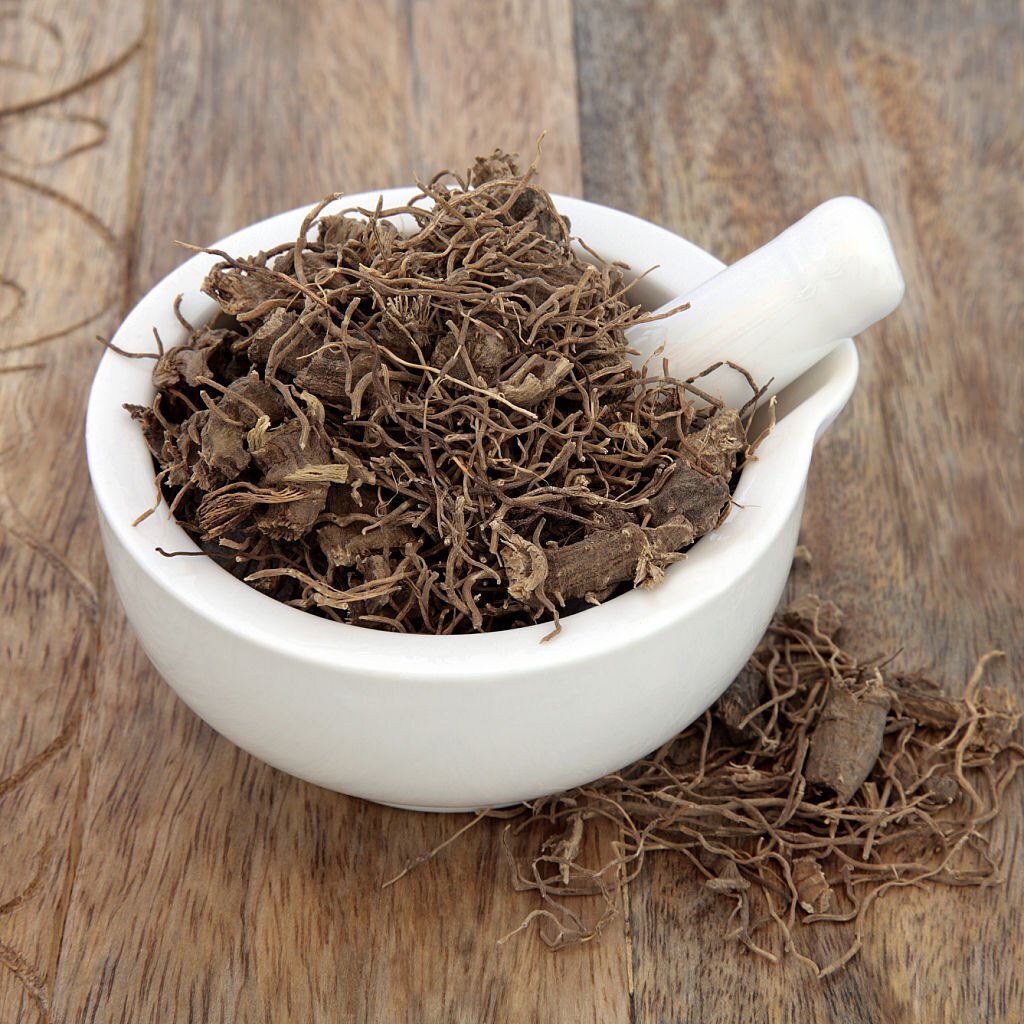

North American indigenous peoples have been using black cohosh for thousands of years to relieve menstrual cramps and symptoms. It can alleviate mood swings, irritability, and hot flashes in menopausal women. Black cohosh contains triterpene glycosides, compounds that help ease menopausal symptoms and improve hormone balance.
Read More: Best Herbs For Hormone Balance You Should Try
Black cohosh tea may not be as effective as extracts in alleviating menstrual symptoms. Tinctures or tablets with a dosage of 20 to 80 mg per day are more advisable.
10. Chamomile
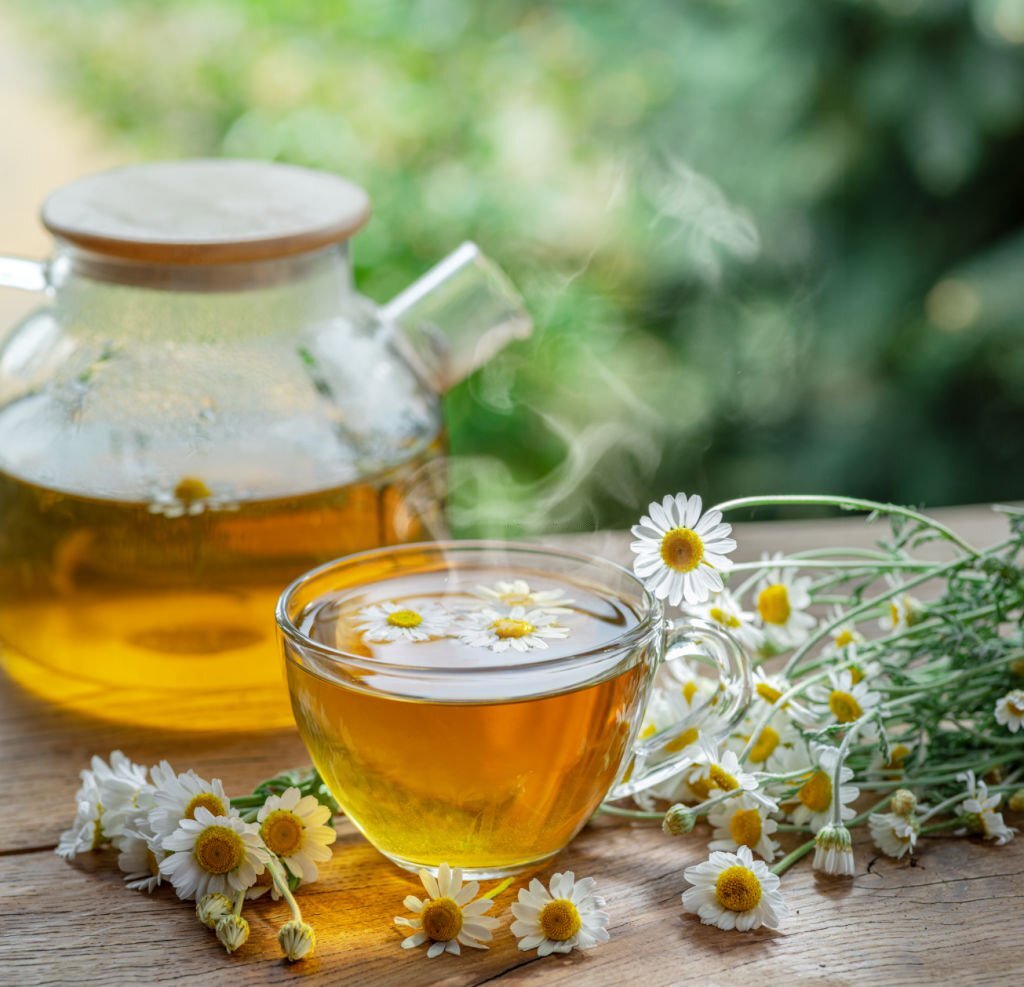

Chamomile’s antispasmodic properties come from potent compounds like quercetin that can relieve painful cramps during menstruation. Its antioxidants, glycine, and flavonoids can calm abdominal pain, ease menstrual cramps, and reduce mood swings.
Chamomile is a popular herbal medicine that is associated with many health benefits. Aside from promoting hormone balance, it can also be used for skin regeneration for a healthier skin.
Read More: Best Herbs For Skin Regeneration
The best way to take chamomile for menstrual pain is to drink chamomile tea. To help you get more rest, take it before you sleep. If you have diabetes, it’s best to drink chamomile tea after meals.
Other Home Remedies For Menstrual Cramps
1. Eat Anti-Inflammatory Foods
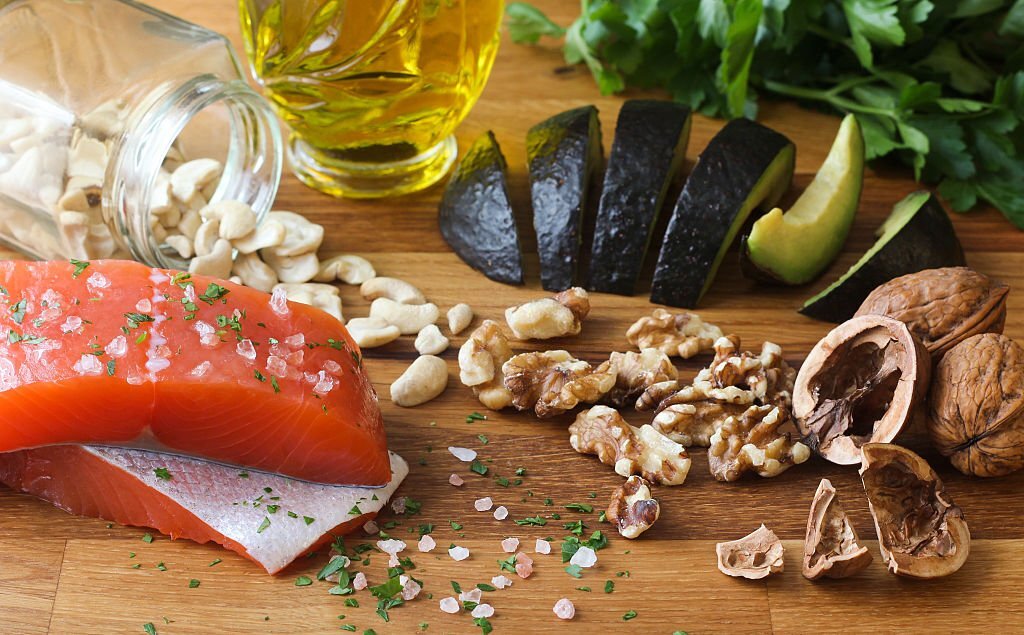

A good diet is beneficial to you while you’re on your menstrual period. Menstrual pain is caused by the inflammation triggered by prostaglandins in your uterus.
Studies show that eating anti-inflammatory foods and foods rich in omega-3 fatty acids are healthy choices to help ease menstrual pain. Examples of these foods are coldwater fish like salmon or sardines, squash, tomatoes, blueberries, and more.
2. Apply Heat
Heat is very effective in reducing menstrual pain. Soaking in a warm bath or applying a heating pad to your lower abdomen can relax uterine contractions. Heat also increases blood flow, which also helps ease the pain.
3. Yoga


Several yoga poses work well in relieving menstrual pain. Studies show that it decreases the stress hormone cortisol and reduces prostaglandin synthesis. It makes you feel relaxed mentally and physically during your menstrual period. Yoga poses like the pigeon pose, relax and stretch your hips so you ease the stress of menstrual pain.
Abdominal pain and lower back pain go together during menstrual cramps. Fortunately, there are yoga poses that you can try to alleviate lower back pain and help ease dysmenorrhea. If you want to know more about these poses, you can check out our list of the best yoga poses for lower back pain relief.
In Short
There you have it! I hope this list helps you find relief from menstrual cramps. Many herbs are great at helping reduce menstrual cramps and alleviating other menstrual symptoms like mood swings, etc.
They contain anti-inflammatory and antioxidant properties that regulate estrogen and prostaglandins, which often cause menstrual cramps. Taking these herbs a few days before your menstruation also helps prepare your uterus and reduce painful contractions.
You don’t have to wait until your first day of period before taking these herbs. To maximize the effectiveness of these herbs, go and grab them now!
References:


